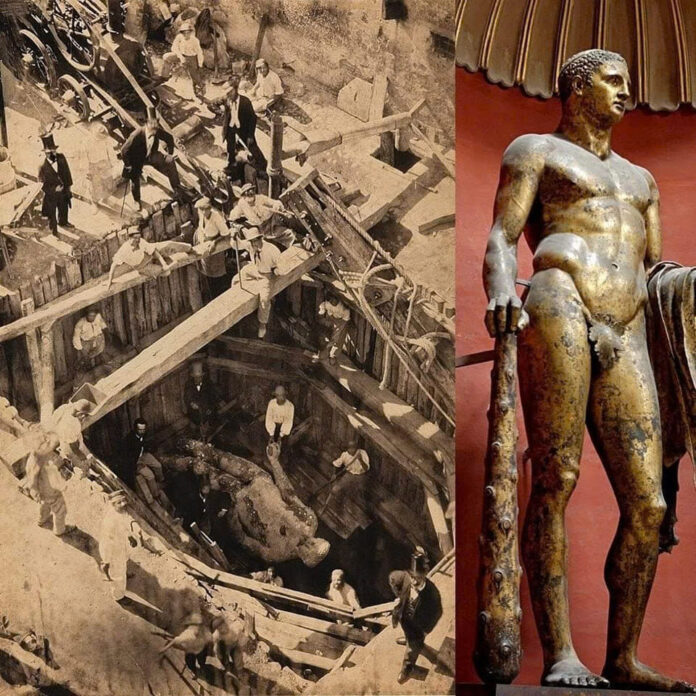A Serendipitous Discovery in 19th Century Rome
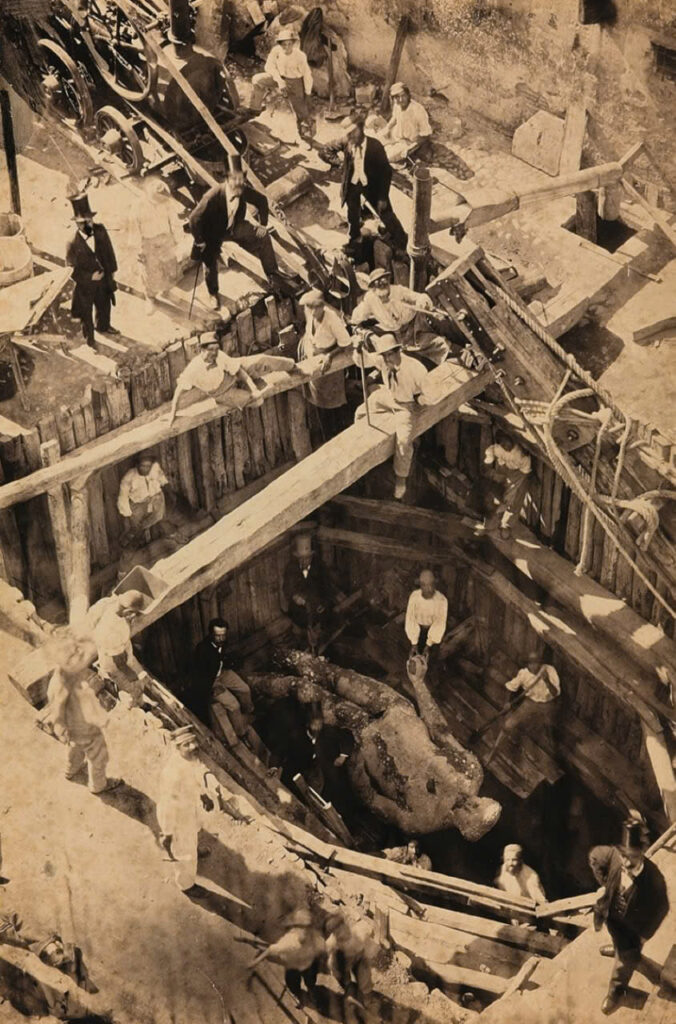
In August 1864, the tranquil courtyard of Palazzo Pio Righetti in Rome’s Campo de’ Fiori became the stage for an extraordinary archaeological discovery. Under the guidance of architect Luigi Gabet, workers unearthed a colossal bronze statue of Hercules, buried 8-9 meters beneath the earth. This remarkable find, later named the Hercules Mastai statue after Pope Pius IX Mastai, would captivate historians and art enthusiasts for generations to come.
From Ancient Theater to Hidden Treasure
The statue’s resting place was no coincidence. It lay in the vicinity of the ancient Theater of Pompey, a structure dating back to 55 BC. Found horizontally in a pit covered with inscribed travertine slabs, the statue’s burial was steeped in Roman legend and ritual.
A Glimpse into Roman Mythology and Craftsmanship
The Legend of the Lightning-Struck Hero
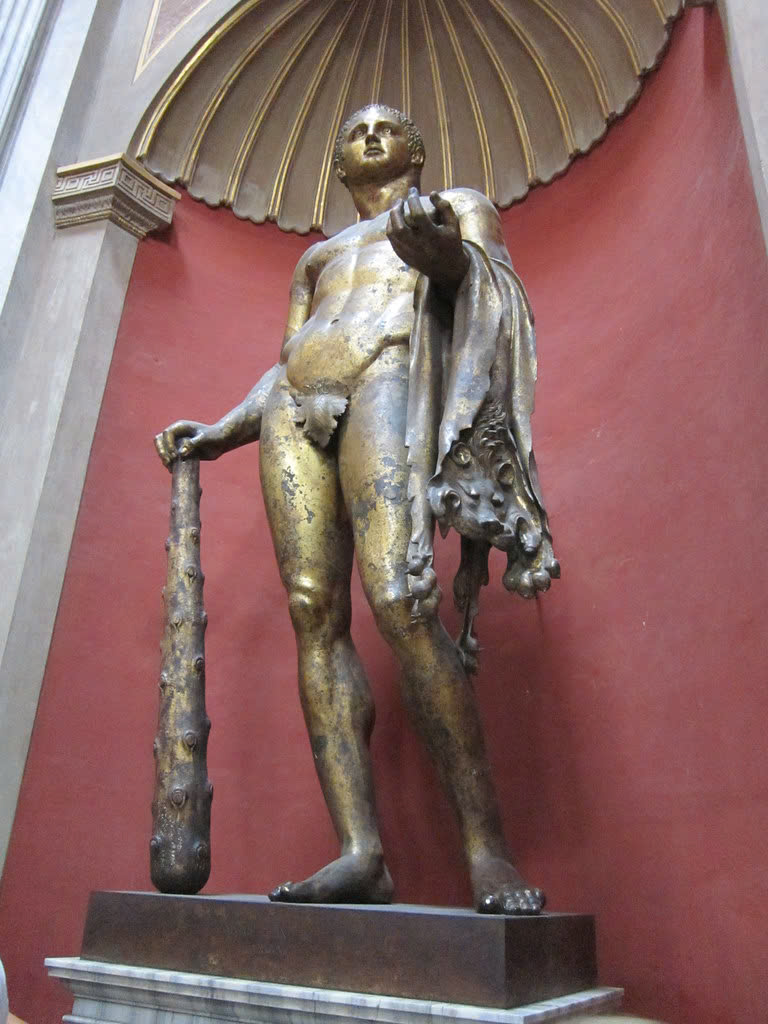
According to Roman lore, the Hercules statue was struck by lightning and ceremoniously buried alongside a sacrificial lamb. This practice, known as “fulgur conditum,” was a sacred ritual in ancient Rome.
A Masterpiece of Bronze and Gold
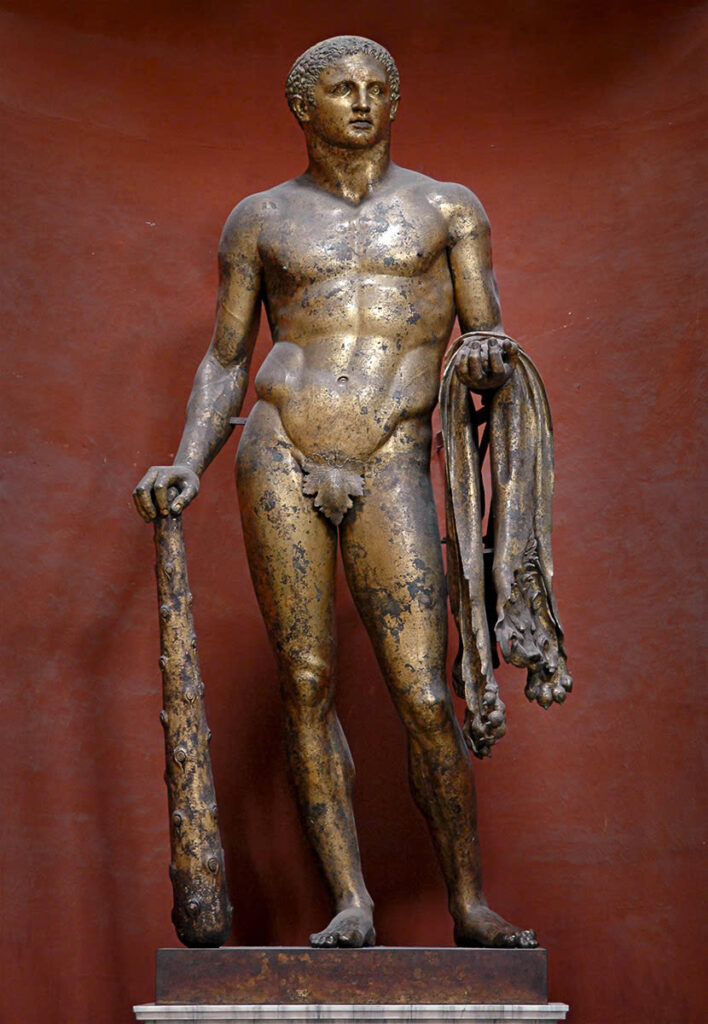
Standing at an impressive 3.83 meters, the statue depicts a youthful Hercules adorned with heavy gilding. In his hands, he holds the emblems of his legendary feats: a club and the apples of the Hesperides. Initially thought to date from the 4th century BC, recent studies have placed its creation between the late 1st and early 3rd centuries AD.
The Challenge of Preservation
A Statue in Need of Care
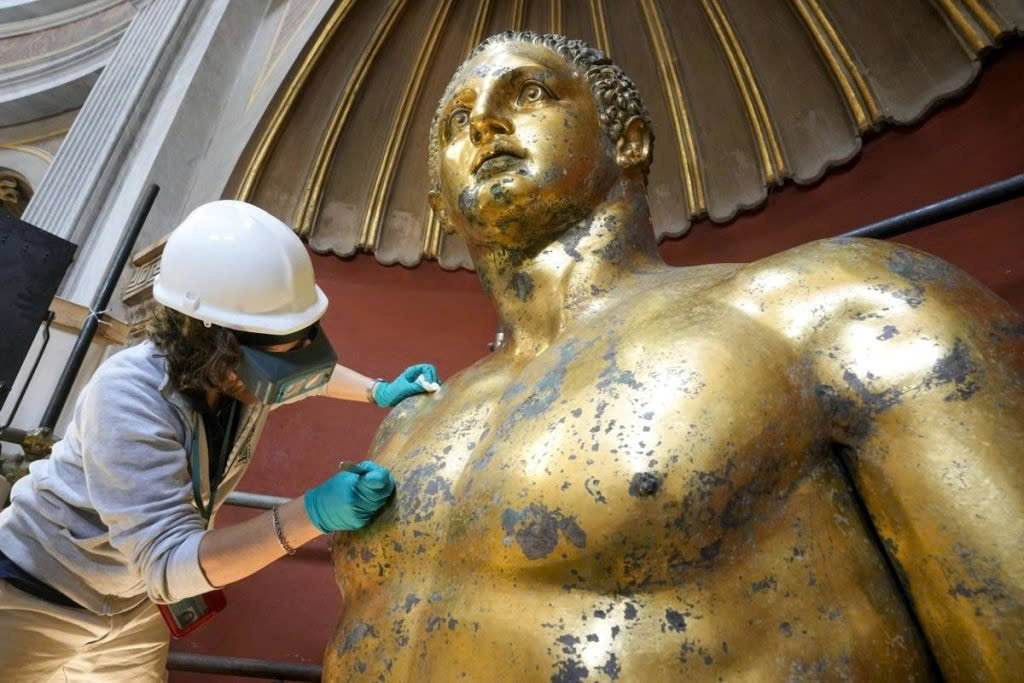
Since its placement in the Vatican, the Hercules Mastai statue has faced the ravages of time. Plaster additions from earlier restorations have begun to deteriorate, accelerating the oxidation of the bronze beneath. This deterioration has highlighted the urgent need for comprehensive restoration.
A Scientific Approach to Restoration
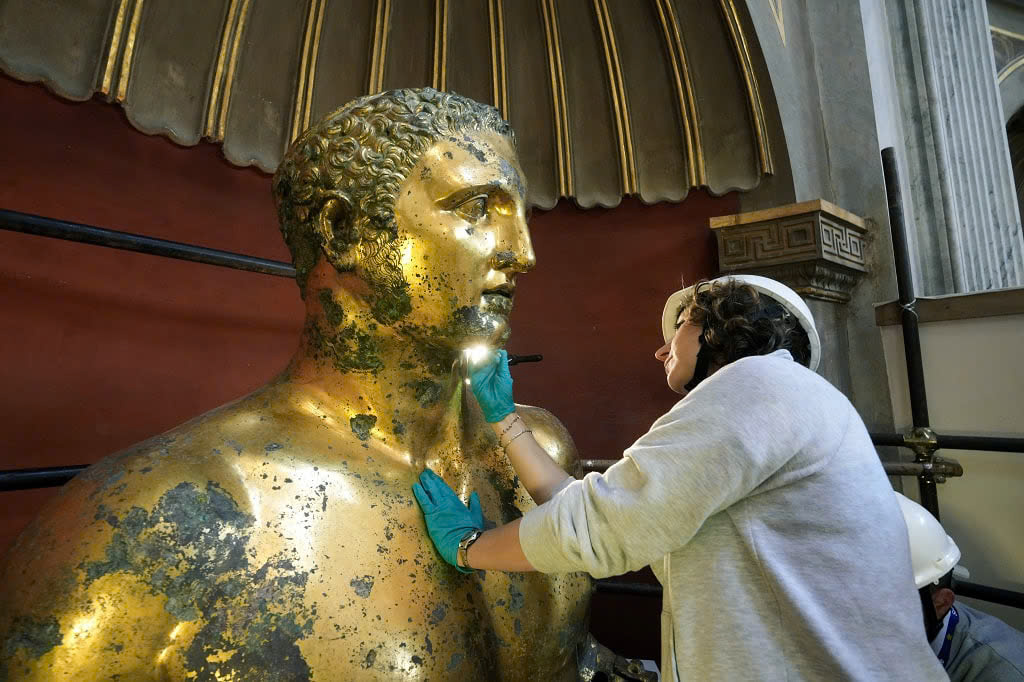
The Vatican Museums have undertaken a meticulous approach to preserving this priceless artifact. A thorough diagnostic campaign, led by the Scientific Research Laboratory and supervised by the Greek and Roman Antiquities Department, will precede any restoration work.
Safeguarding History for Future Generations

The journey of the Hercules Mastai statue from its discovery to its upcoming restoration is a testament to the enduring value of cultural heritage. Thanks to the generosity of the Patrons of the Vatican Museums, who have funded the $113,588 restoration project, this magnificent piece of Roman history will continue to inspire and educate visitors for years to come.

As we look forward to the statue’s renewed splendor, we are reminded of the importance of preserving our shared cultural legacy. The Hercules Mastai statue stands not just as a relic of ancient Rome, but as a bridge connecting us to our rich historical past.
